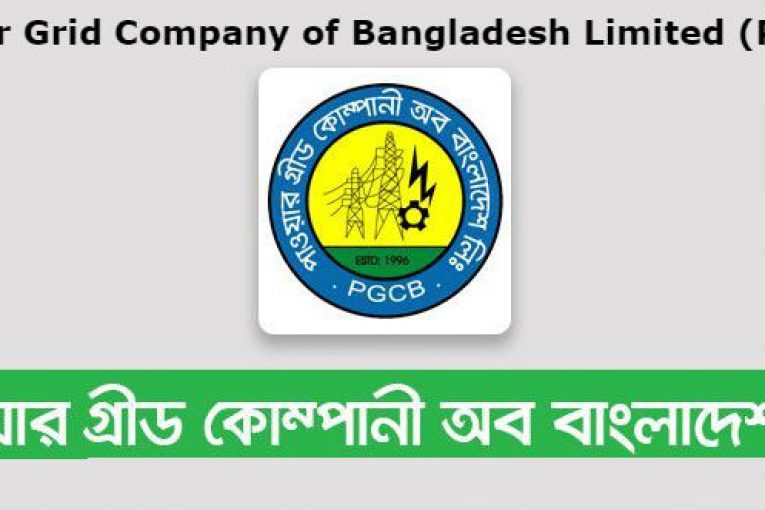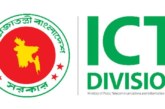
পাওয়ার গ্রীড কোম্পানি অব বাংলাদেশ লিঃ এর সহকারী প্রোগ্রামার পদে লিখিত পরীক্ষার প্রশ্ন ও উত্তর ২০১৮
Power Grid Company of Bangladesh Limited (PGCB) Assistant Programmer Written Exam Question and Answer 2018. PCGB is a government company that owns and operates the power grid in Bangladesh. It is a subsidiary of Power Development Board (PDB).
1. What is trace-ability matrix?
Answer: The relationship between test cases and requirements is shown with the help of a document. This document is known as trace-ability matrix.
2. What is Equivalence partitioning testing?
Answer: Equivalence partitioning testing is a software testing technique which divides the application input test data into each partition at least once of equivalent data from which test cases can be derived. By this testing method it reduces the time required for software testing.
3. Define Network?
Answer: A network is a set of devices connected by physical media links. A network is recursively is a connection of two or more nodes by a physical link or two or more networks connected by one or more nodes.
4. What is Protocol?
Answer: A protocol is a set of rules that govern all aspects of information communication.
5. What is a Link?
Answer: At the lowest level, a network can consist of two or more computers directly connected by some physical medium such as coaxial cable or optical fiber. Such a physical medium is called as Link.
6. What is a node?
Answer: A network can consist of two or more computers directly connected by some physical medium such as coaxial cable or optical fiber. Such a physical medium is called as Links and the computer it connects is called as Nodes.
7. What is a gateway or Router?
Answer: A node that is connected to two or more networks is commonly called as router or Gateway. It generally forwards message from one network to another.
8. Name the factors that affect the performance of the network?
Answer:
a. Number of Users
b. Type of transmission medium
c. Hardware
d. Software
9. What is Round Trip Time?
Answer: The duration of time it takes to send a message from one end of a network to the other and back, is called RTT.
10. List the layers of OSI—-
Answer:
a. Physical Layer
b. Data Link Layer
c. Network Layer
d. Transport Layer
e. Session Layer
f. Presentation Layer
g. Application Layer
11. Which layers are network support layers?
Answer:
a. Physical Layer
b. Data link Layer and
c. Network Layers
12. Which layers are user support layers?
Answer:
a. Session Layer
b. Presentation Layer and
c. Application Layer
13. What is Pipelining?
Answer: In networking and in other areas, a task is often begun before the previous task has ended. This is known as pipelining.
14. What is Piggy Backing?
Answer: A technique called piggybacking is used to improve the efficiency of the bidirectional protocols. When a frame is carrying data from A to B, it can also carry control information about arrived (or lost) frames from B; when a frame is carrying data from B to A, it can also carry control information about the arrived (or lost) frames from A.
15. What are the two types of transmission technology available?
Answer: (i) Broadcast and (ii) point-to-point
16. What is Bandwidth?
Answer: Every line has an upper limit and a lower limit on the frequency of signals it can carry. This limited range is called the bandwidth.
17. Explain RIP (Routing Information Protocol)——–
Answer: It is a simple protocol used to exchange information between the routers.
18. What is subnet?
Answer: A generic term for section of a large networks usually separated by a bridge or router.
19. What is MAC address?
Answer: The address for a device as it is identified at the Media Access Control (MAC) layer in the network
architecture. MAC address is usually stored in ROM on the network adapter card and is unique.
20. What is multiplexing?
Answer: Multiplexing is the process of dividing a link, the physical medium, into logical channels for better efficiency. Here medium is not changed but it has several channels instead of one.
21. What is simplex?
Answer: It is the mode of communication between two devices in which flow of data is unidirectional. i.e. one can transmit and other can receive. E.g. keyboard and monitor.
22. What is half-duplex?
Answer: It is the mode of communication between two devices in which flow of data is bi-directional but not at the same time. ie each station can transmit and receive but not at the same time. E.g walkie-talkies are half-duplex system.
23. What is full duplex?
Answer: It is the mode of communication between two devices in which flow of data is bi-directional and it occurs simultaneously. Here signals going in either direction share the capacity of the link. E.g. telephone
24. What is sampling?
Answer: It is the process of obtaining amplitude of a signal at regular intervals.
25. What are the different transmission media?
Answer: The transmission media is broadly categorized into two types:
i) Guided media(wired)
i) Unguided media(wireless)
26. What are the types of errors?
Answer: Errors can be categorized as a single-bit error or burst error. A single bit error has one bit error per data unit. A burst error has two or more bits errors per data unit.
27. What is a test log?
Answer: The IEEE Std. 829-1998 defines a test log as a chronological record of relevant details about the execution of test cases. It’s a detailed view of activity and events given in chronological manner.




